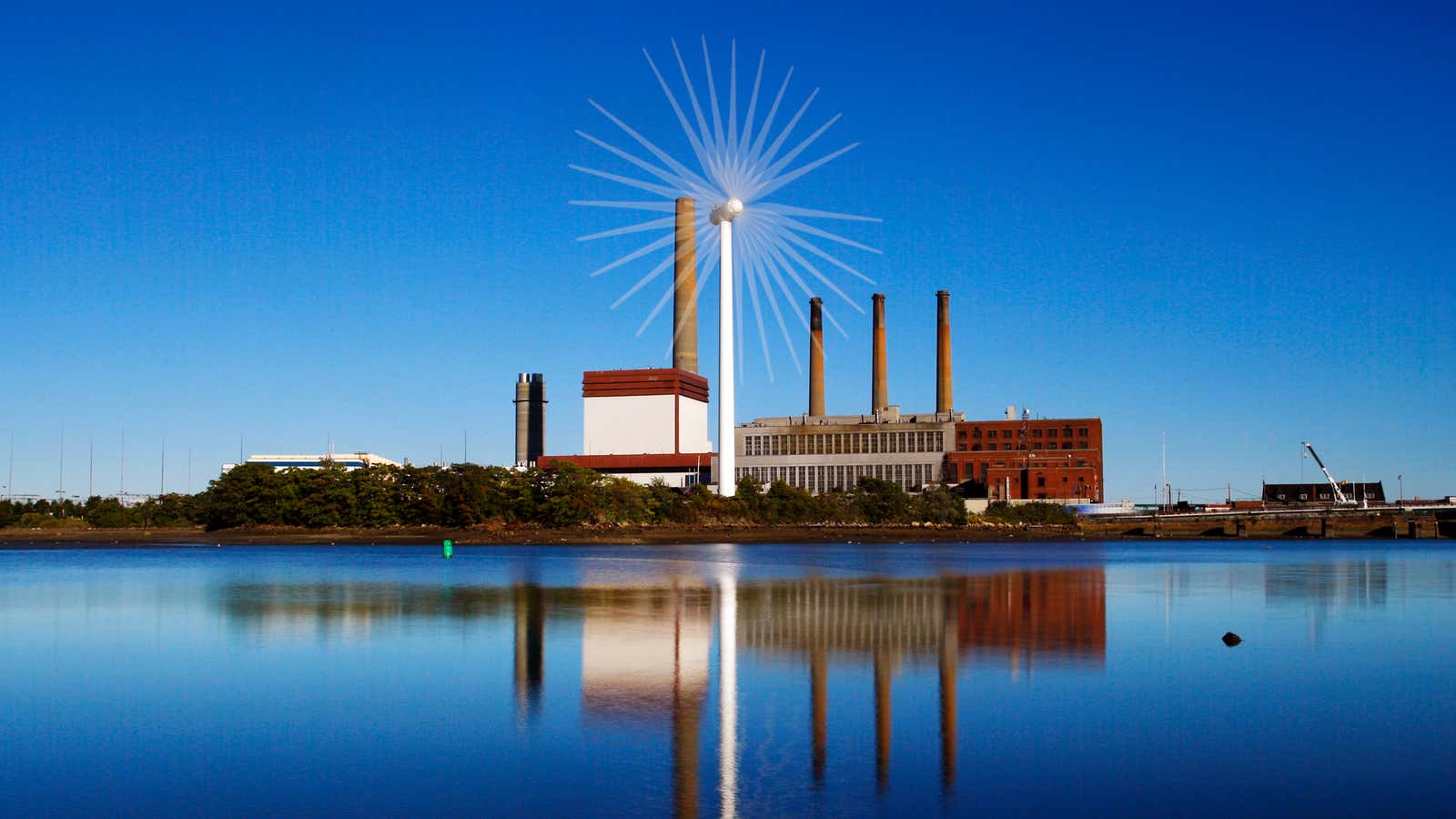There are many ways to measure our progress to mitigate global warming. One of the surest is to ask whether economic growth, which has historically gone hand-in-hand with increased use of fossil fuels, is still linked to higher carbon emissions.
The answer for 2015 is “no,” according to a new report from the global consultancy PricewaterhouseCoopers(PwC). The world’s gross domestic product (GDP) grew by 3.1% last year, but carbon emissions remained flat. Better still, it’s the second year in a row that the two factors have remained “decoupled.”
“What we’ve seen in 2014-15 is a real step change in decarbonisation,” Jonathan Grant, PwC director of sustainability and climate change, told Climate Home.
Another way to measure progress in fighting climate change is through global carbon intensity, which is measured in emissions per unit of GDP. In 2015, global carbon intensity fell by 2.8%, despite healthy GDP growth. In 2014, global carbon intensity fell by 2.7%, so 2015 set a new record.
The 2015 Paris climate deal will come into force tomorrow (Nov. 4). As part of the non-binding agreement, each country has declared an intended nationally determined contribution (INDC) to global carbon emissions. If the countries stick to their goals, the PwC report says global carbon intensity will fall by 3% per year (slightly more than this year’s figure).
One reason for this positive change is because the leading carbon emitters are doing the most to reduce their impact. China leads the pack with a fall in carbon intensity of 6.4%.
Another likely reason for the change is heavy global investments in renewable energy. Norway and Sweden, for instance, get more than half their energy from renewables. Latvia, Costa Rica, Finland, and Austria, get more than a third from renewables.
The world is likely to see more investment in renewables, but there’s still a long way to go. To ensure that global temperatures don’t rise above 2 °C compared to pre-industrial levels, which many experts contend could wreak irreversible damage to the planet, global carbon intensity needs to fall by 6.5% per year (assuming world GDP keeps growing at a healthy rate of by 3% per year).
